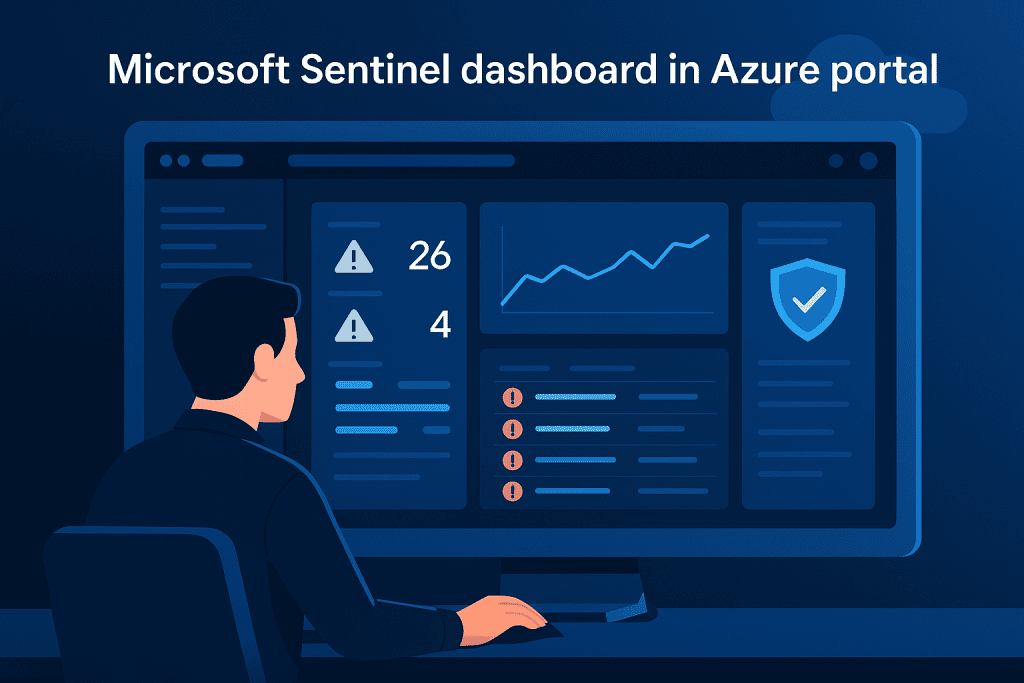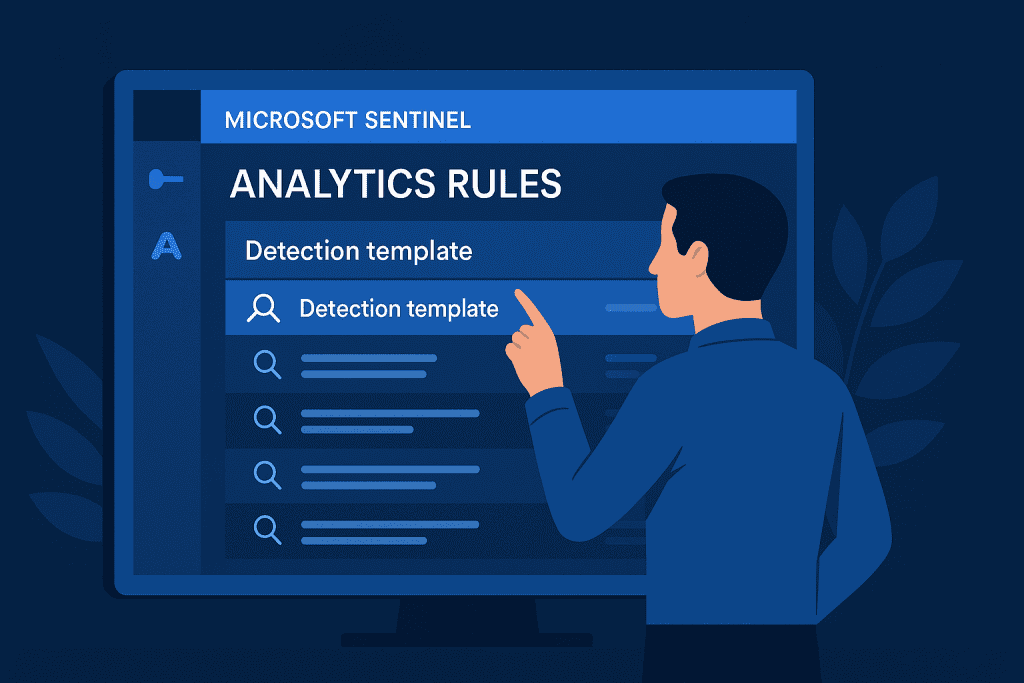
Managing a cloud SIEM can be challenging, but Microsoft Sentinel simplifies the process. This platform helps security teams detect, investigate, and respond to threats across their environment. It integrates well with Azure and delivers real-time insights through analytics and automation. With Sentinel, teams can strengthen defenses and reduce response time efficiently.
Microsoft Sentinel Materials or Tools Needed
Before configuring Microsoft Sentinel, gather the essential tools to ensure a smooth setup. You need an active Azure subscription and a designated Sentinel workspace to start. Make sure you have the right access permissions, such as Contributor or Owner roles. Understanding Azure basics will also help you navigate the portal and avoid common setup issues.
| Materials / Tools | Details |
|---|---|
| Azure Subscription | Required to deploy Microsoft Sentinel |
| Microsoft Sentinel Workspace | Main dashboard for managing SIEM activities |
| Proper Access Permissions | Contributor or Owner roles recommended |
| Basic Knowledge of Azure | Helps with smooth configuration |
Microsoft Sentinel Instructions
Step 1: Access Microsoft Sentinel

Begin by signing into your Azure portal using your organizational credentials. Once inside, search for Microsoft Sentinel under Azure services to launch the Sentinel interface. Here you can either create a new Sentinel workspace or link to an existing one if you have already set it up. The workspace serves as the central point for all your security data collection, monitoring, and response activities. Make sure you choose the correct subscription and resource group to avoid confusion later. By properly setting up your workspace, you ensure all security events are gathered and available for analysis in one unified view.
Step 2: Connect Data Sources
After setting up your workspace, head over to the Configuration tab and explore the Data Connectors section. This is where you integrate various data sources such as Office 365, Azure Active Directory, AWS, or even third-party security solutions. Each connector comes with a guided setup wizard that helps you securely establish the connection. Connecting multiple sources enables you to aggregate security events across your cloud environment. Always verify that each connector shows an active status after setup, as this ensures that logs and events are flowing into Microsoft Sentinel for monitoring and analysis.
Step 3: Create Analytics Rules

Next, navigate to the Analytics section, where you will define rules that help detect suspicious activities. Microsoft Sentinel offers several prebuilt templates for common security scenarios, but you also have the flexibility to create custom rules tailored to your environment. These rules use queries and logic to analyze incoming data for signs of threats such as brute-force attacks, malware infections, or unauthorized access. Carefully adjusting thresholds and conditions helps you minimize false positives while ensuring that genuine threats are caught. Regularly reviewing and updating your rules will keep your detection capabilities sharp.
Step 4: Set Up Workbooks
The Workbooks section in this system allows you to create detailed dashboards and visualizations of your security data. You can either use prebuilt templates or build custom dashboards that match your team’s needs. These tools help you track metrics like incident counts, detection rates, and overall security health. They are especially valuable for identifying long-term trends, monitoring ongoing threats, or preparing reports for leadership. By organizing your data visually, you make it easier for both technical and non-technical stakeholders to understand the current security landscape and make informed decisions.
Step 5: Automate Responses with Playbooks
To reduce manual workloads, head to the Automation section and set up Playbooks using Azure Logic Apps. Playbooks allow you to automate specific responses, such as sending notifications, opening tickets, or isolating compromised devices when certain alerts are triggered. Each Playbook consists of predefined actions linked to various systems and can be customized to fit your incident response plan. Automation helps your security team respond to threats faster and more consistently, reducing the time attackers have to exploit vulnerabilities. Be sure to test your Playbooks thoroughly to ensure they behave as expected in real-world scenarios.
Microsoft Sentinel Tips and Warnings
Microsoft Sentinel is a robust platform, but success hinges on careful configuration and monitoring. Always validate your data connectors, regularly update analytics rules, and fine-tune alerts to avoid false positives.
| Tips | Warnings |
|---|---|
| Use built-in templates for faster setup | Don’t overload with too many alerts |
| Review connector health weekly | Avoid neglecting log retention settings |
| Automate routine tasks with Playbooks | Watch out for misconfigured permissions |
Conclusion
Getting started with Microsoft Sentinel becomes easier when you focus on one step at a time. Set up your workspace and connect key data sources to build a strong foundation. As you grow more confident, explore features like analytics rules and automated Playbooks. Regular monitoring and tuning will help you improve security and stay ahead of threats.
FAQ
What is Microsoft Sentinel, and why is it crucial for cybersecurity?
Microsoft Sentinel is a cloud-native SIEM that helps organizations detect, prevent, and respond to cyber threats. Its importance in cybersecurity lies in its ability to consolidate data from multiple sources, providing actionable insights and faster incident response.
How does Microsoft Sentinel help prevent hacking attempts?
By leveraging advanced analytics, threat intelligence, and automation, Microsoft Sentinel detects suspicious activities and stops hacking attempts before they escalate, ensuring robust cloud security.
Can small businesses benefit from Microsoft Sentinel’s cybersecurity features?
Absolutely! Microsoft Sentinel scales to fit businesses of all sizes, offering customizable analytics, dashboards, and automation tools that strengthen security operations even for smaller organizations.
Resources
- Microsoft. Microsoft Sentinel Overview
- BlueVoyant. What is Azure Sentinel, Renamed to Microsoft Sentinel
- GitHub. Azure Sentinel Repository
- Exabeam. Microsoft Sentinel: Features, Limitations, and Alternatives
- News Channel Nebraska. 2025 Cloud Security Trends
- SDX Central. Druva Integration with Microsoft Sentinel
